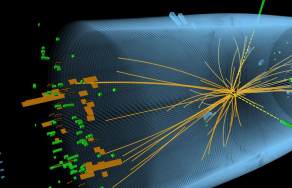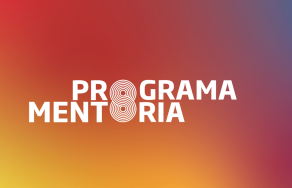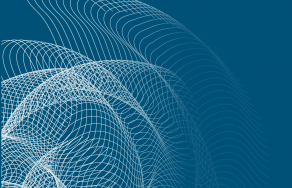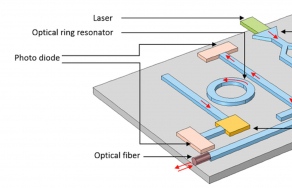No dia 4 de dezembro, o Departamento de Física do ISEL promove o seminário "Axions in plasmas: from the lab to astrophysics".
O evento, que decorrerá pelas 14h00 no Auditório A, terá como orador Hugo Terças (DF/ISEL e GoLP - IPFN).
Abstract:
Axions constitute one of the most elegant and theoretically well motivated extensions of the standard model. Despite the fact of being so far elusive, they have been proposed to solve the apparent breaking of the charge-parity (CP) symmetry in QCD - the famous strong CP problem - by promoting the small CP angle observed in experiments to a field: the axion restores the CP symmetry in QCD dynamically, via a mechanism that is reminiscent to that of the Higgs boson when giving mass to the gauge fields. On the other hand, the smallness of such CP breaking implies an extremely weak coupling to photons, which renders axions one of the most appealing candidates for dark matter. Altogether, the axion is a most-hunted particle, and a plethora of experiments are currently devoted to its searches. One critical limitation to the current experimental platforms is that they rely on axion-photon conversion, which is a non-resonant process. A natural way to circumvent this issue is to design experiments using plasmas, thus relying on the resonant axion-plasmon conversion. We show that, by exploiting the physics of electrostatic instabilities taking place in plasmas, we are allowed to increase the conversion probability (or, equivalently, the axion decay rate) by several orders of magnitude. Moreover, by replacing real plasmas by synthetic (meta material) plasmas, we might be able to probe the axion within the parameter region predicted by the QCD. Finally, given the ubiquity of plasmas in the different astrophysical scenarios, we investigate some consequences of the axion-plasmon conversion in the production of axions in magnetars and discuss the importance of axion conversion in intergalactic plasmas.
REFERENCES:
[1] L. Di Luzio, M. Giannotti, E. Nardi, L. Visinelli, Phys. Rep. 870, 1 (2020).
[2] H. Terças, J. D. Rodrigues, J. T. Mendonça, Phys. Rev. Lett. 120, 181803 (2018).
[3] J. T. Mendonça, J. D. Rodrigues, H. Terças, Phys. Rev. D 101, 051701 (2019).
[4] L. Visinelli, H. Terças, Phys. Rev. D 105, 096024 (2022).
Imagem: NASA/JPL-Caltech







